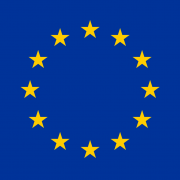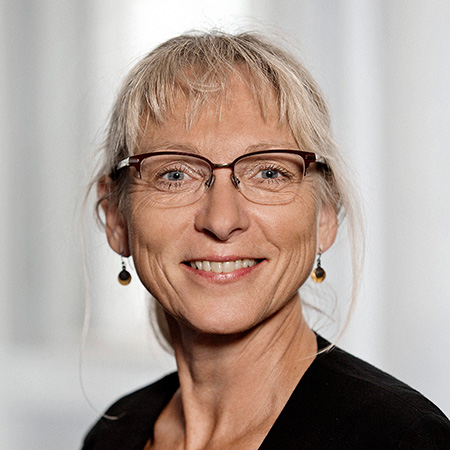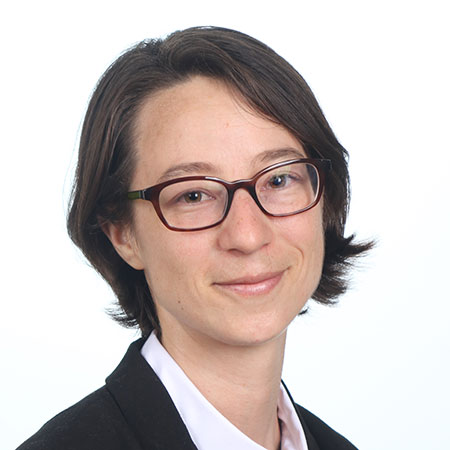Prof. Dariusz Plewczynski, PhD has established two laboratories: (a) experimental Laboratory of Functional and Structural Genomics at the Centre of New Technologies, University of Warsaw, and (b) computational Laboratory of Bioinformatics and Computational Genomics at the Faculty of Mathematics and Information Sciences, Warsaw University of Technology. Our aim is to understand the sequence-structure-function molecular paradigm in the context of spatial and temporal behavior of nucleome. Therefore, we address both computationally (statistical and biophysical algorithms) and experimentally (Hi-C, ChIA-PET, HiChIP) the relation between sequence, epigenomics and the three-dimensional structure of Human genomes.
We focus on the statistically relevant relation of the chromatin spatial conformation with the DNA sequence diversity at the human population scale, both natural and pathological. In particular, I examine the relationship between structural variants observed in different worldwide populations and the cohorts of patients, changes in the number of copies of genes and regulatory regions; and their spatial localisation in the spatio-temporal (4D) dynamical structure of a cell nucleus. We have proposed recently novel 3D epigenome folding algorithm that predicts three-dimensional conformation and its changes by combination of machine learning trained on epigenomic information (ChIP-seq) from different cell types, and biophysical polymer modelling. Finally, We are interested in the dependence of the expression of selected genes on their location in three-dimensional space during activation process (in neurons, B-cells and T-cells), or application of drug therapy (eg. chemotherapy).

![]() This project has received funding from the European Union’s Horizon 2020 research and innovation programme under the Marie Sklodowska-Curie grant agreement No 860002. The information contained in this website reflects only the authors’ view. REA and EC are not responsible for any use that may be made of this information.
This project has received funding from the European Union’s Horizon 2020 research and innovation programme under the Marie Sklodowska-Curie grant agreement No 860002. The information contained in this website reflects only the authors’ view. REA and EC are not responsible for any use that may be made of this information.
 Abhishek Agarwal (ESR10)
Abhishek Agarwal (ESR10)

